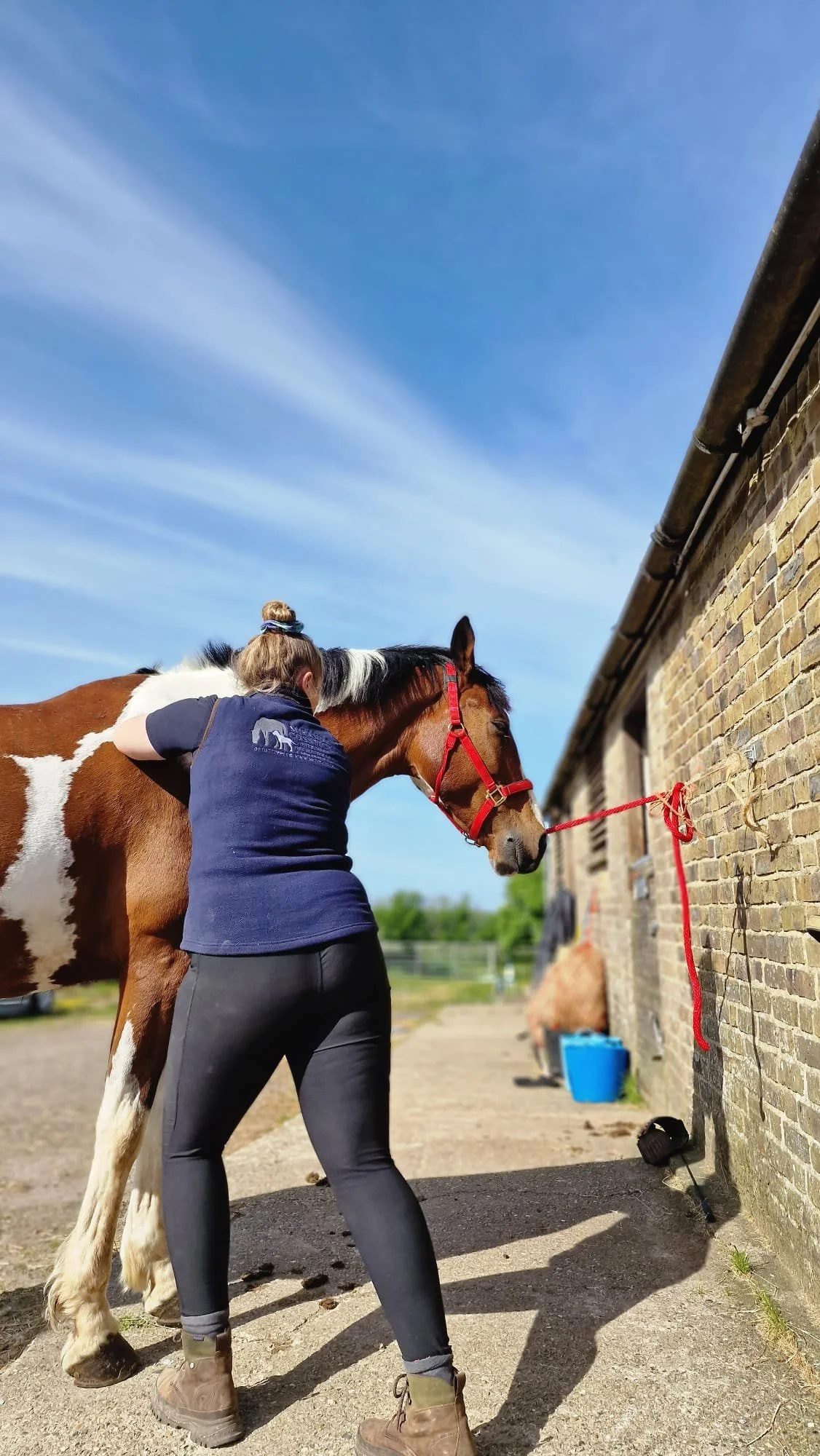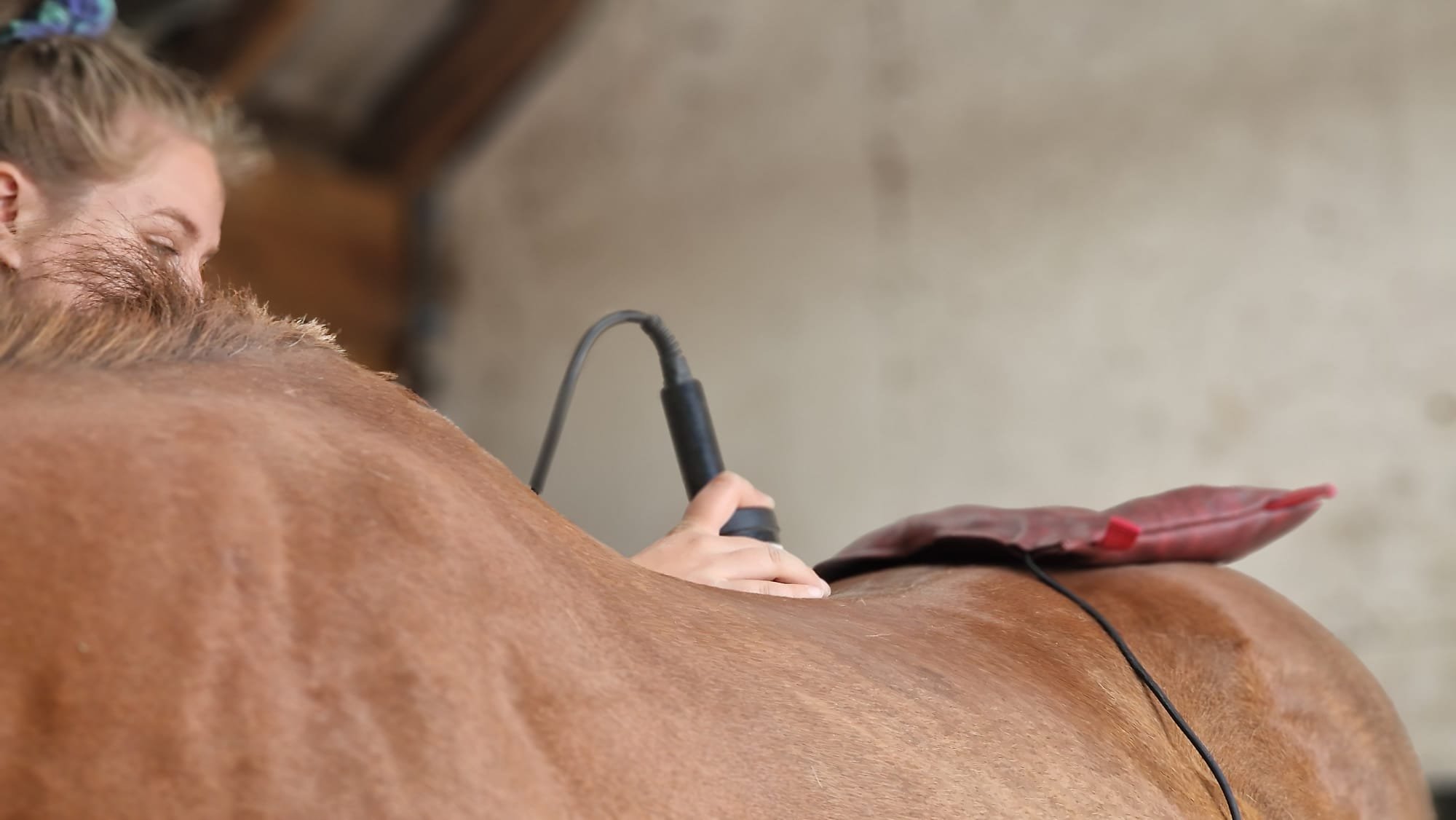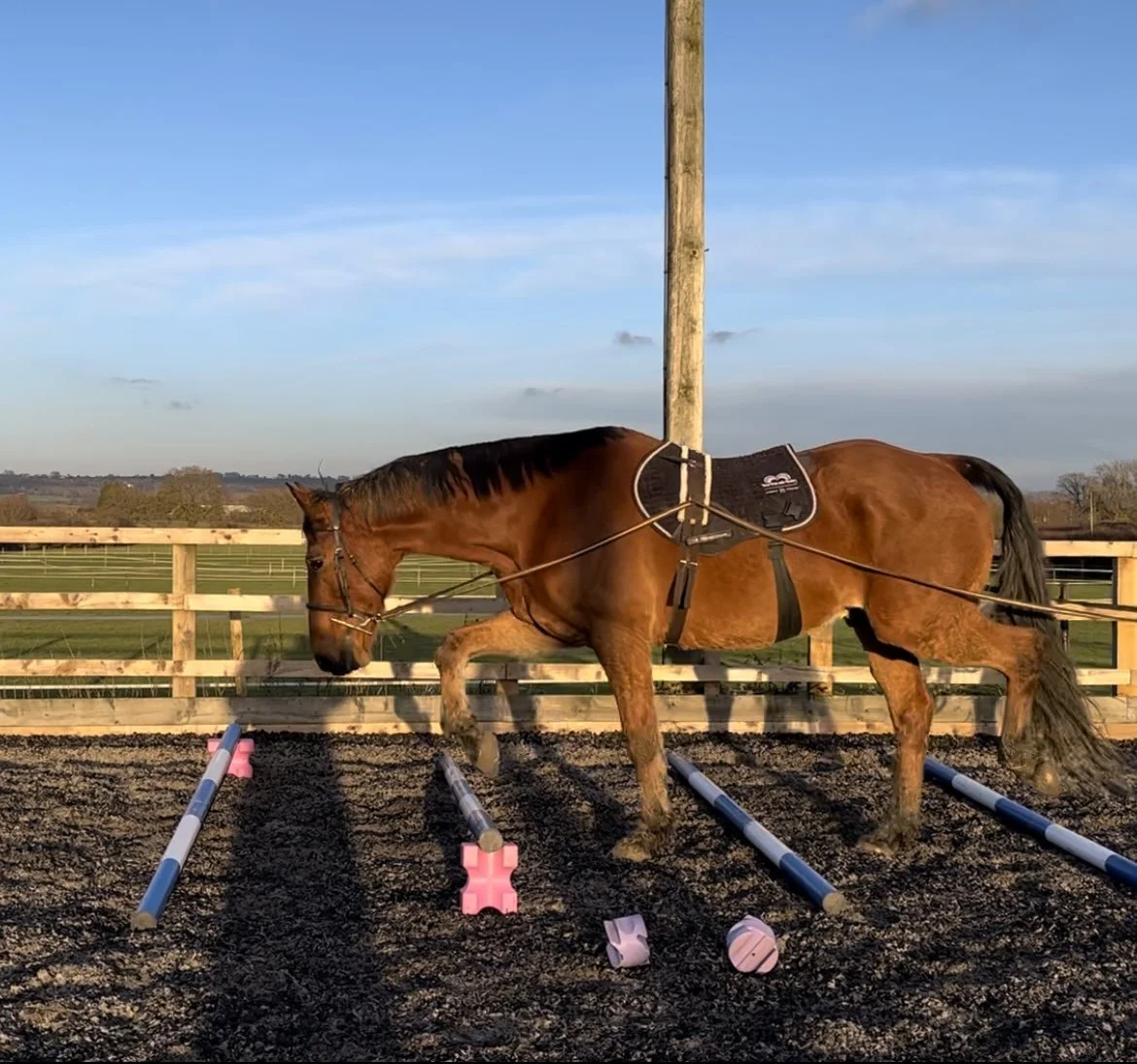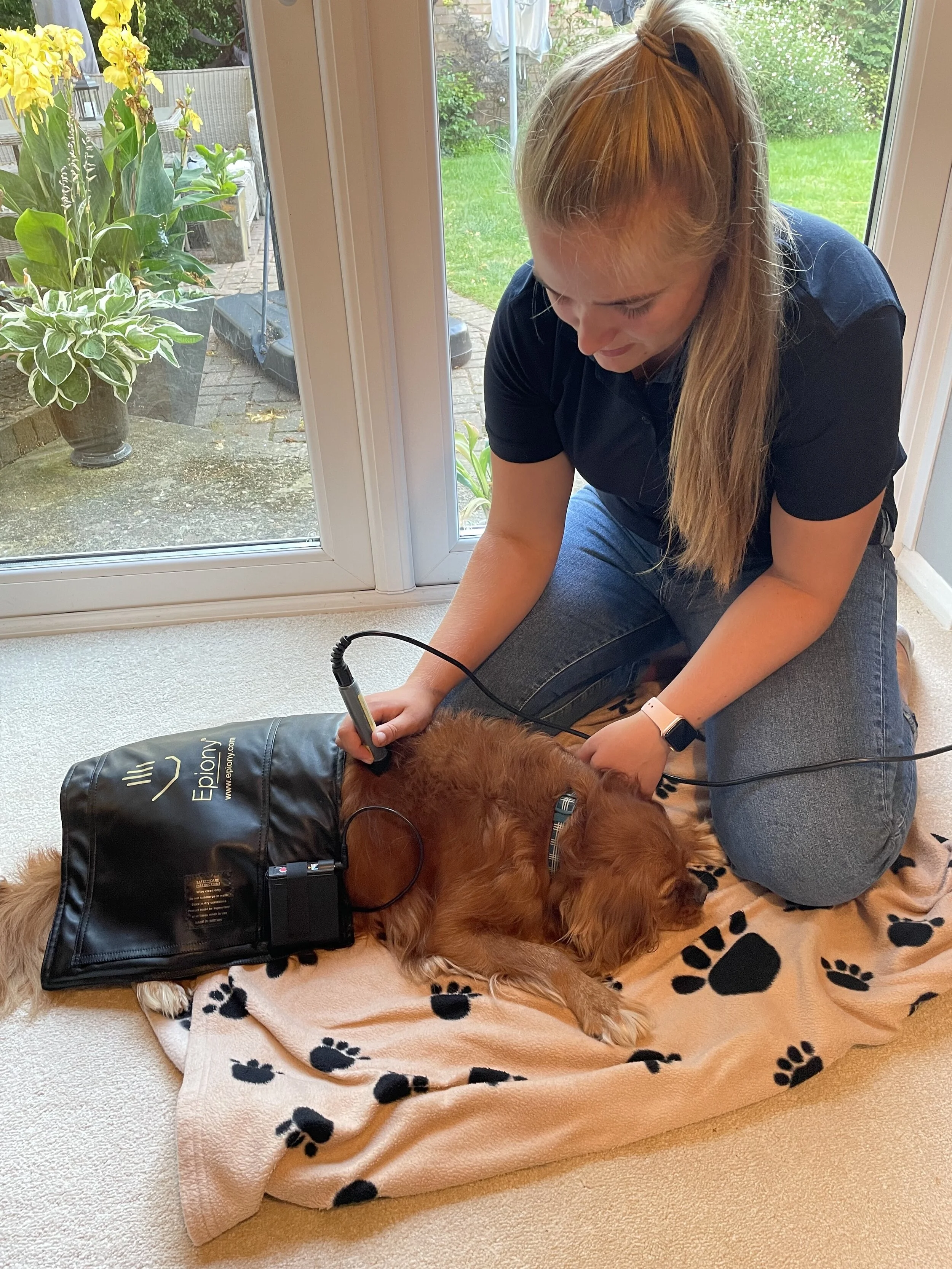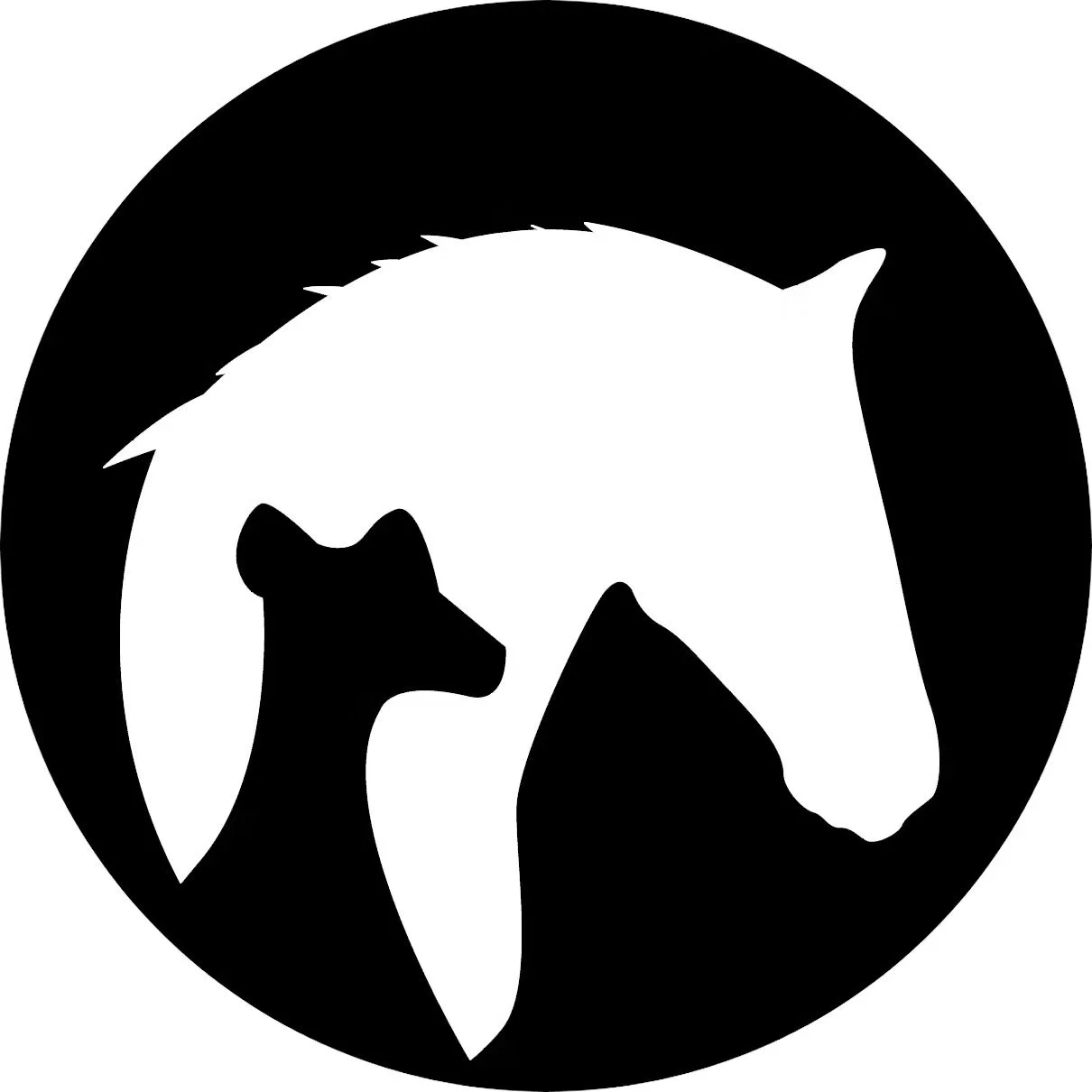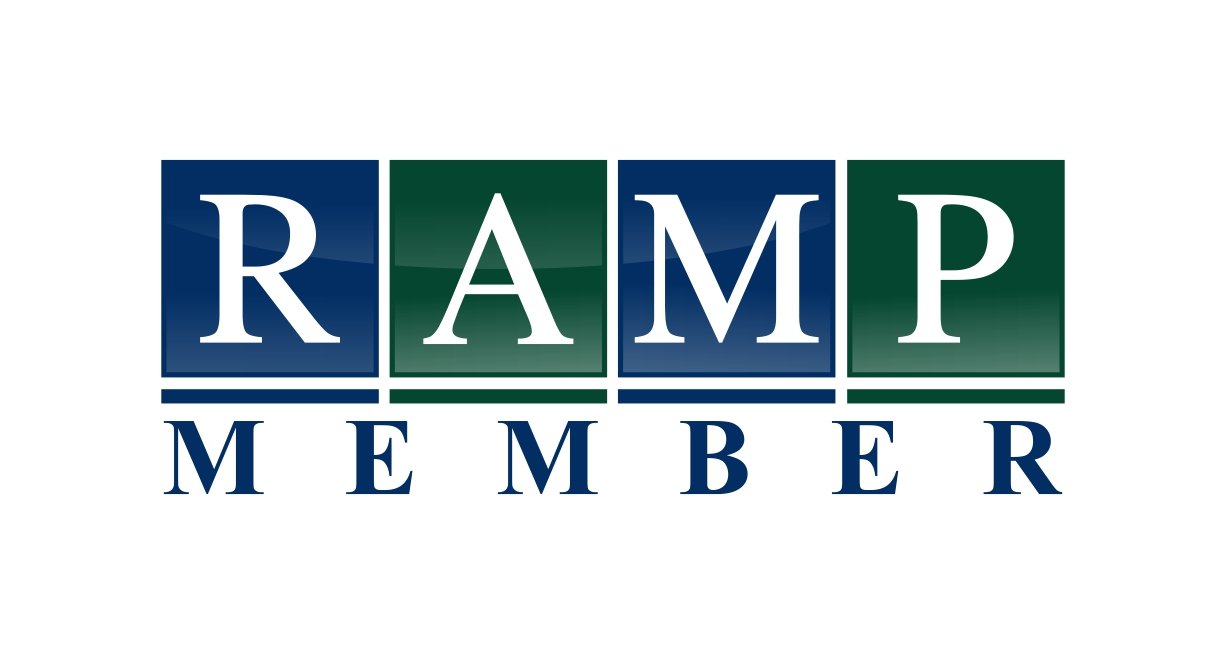Equine Physiotherapy Hub
All horses can benefit from physiotherapy from a 4* eventer to the retired pony, the happy hacker to the dressage enthusiast.
During a physiotherapy session, each horse will be fully assessed starting with full history discussion, followed by an assessment of posture, movement, and general behaviours. Then hands-on assessment combined with goals, understanding of history etc will determine the treatment. Treatment is usually followed with homework! Teamwork makes the dreamwork and for everything you put in, the results will excel!
More than just “the back lady”
Rehabilitation
Does your horse suffer from any of the following?
Lameness (vet diagnosis)
Degenerative joint conditions/Arthritis
Tendon/ Ligament/ Muscle injuries
ORDSPs (Kissing spines)
SIJ Dysfunction
OCD
Fractures
Recent surgery
Wounds
Mobility decline/ Stiffness
Then physiotherapy can be utilised to promote healing, comfort and mobility to ensure an efficient return to function and hopefully back to work!
Requires veterinary consent
Performance & Maintenance
No matter the workload, all horses can benefit from physiotherapy to boost comfort and mobility. Performance enhancing/ maintenance and preventative treatment all ensure the body is working at maximum efficiency, rebalances/ engages and reduces the likelihood of injury.
The biomechanics of the horse are driven by the musculoskeletal system, any inefficiencies will over time lead to abnormality. Like any athlete, maintaining musculoskeletal health ensures performance optimisation and career longevity.
Rehabilitative Exercise
There is so much we can do to assist our ponies to perform better and live more comfortable lives.
Designing a programme to benefit core strength, correct posture and way of going can revolutionise the way we ride and think, and the way our horses move.
Extrinsic Factors
-
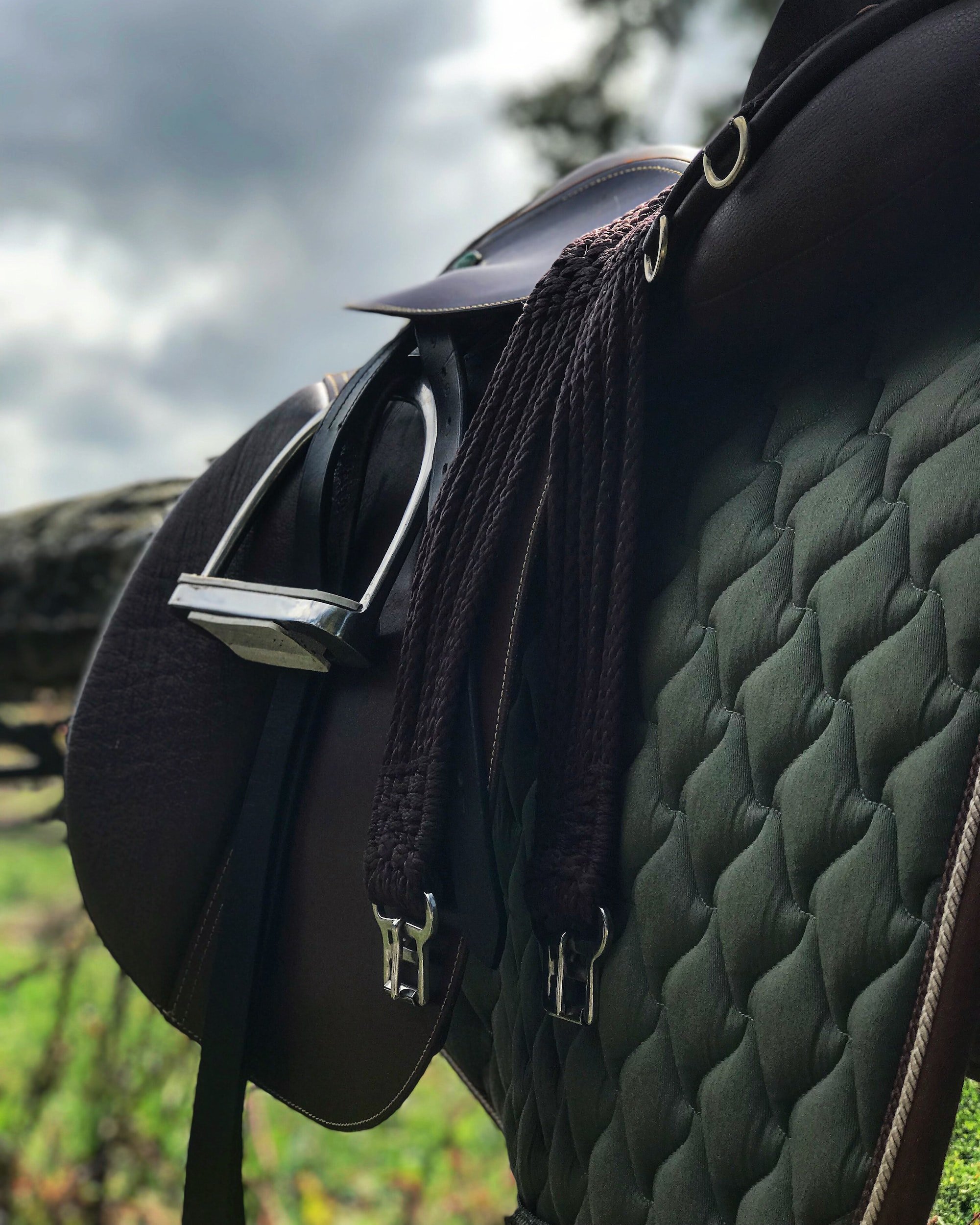
Saddle Fit
Saddle fit is imperative to comfort and performance. Understanding the fit of an inanimate saddle onto the fluidity of the back of the horse is key in biomechanical improvement and comfort. Always a strong point for the MDT*
-
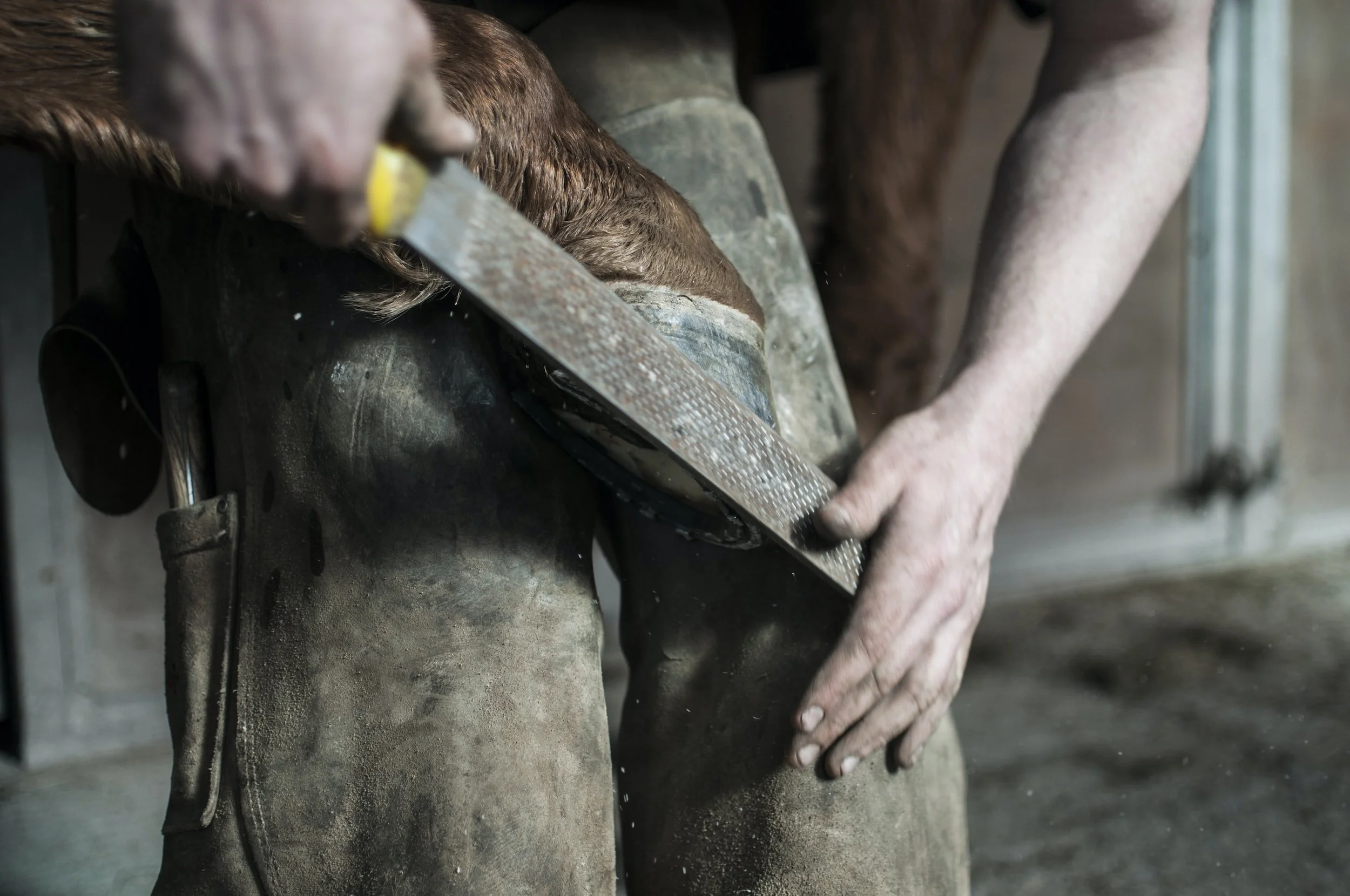
Farriery
No foot no horse! You’ve all heard it before but it really does ring true! Angles and quality of hoof can all make a huge impact on biomechanics and way of going as well as musculoskeletal health!
-

Veterinary/ Dentistry
It goes without saying that as a therapist, we don’t have X-ray eyes, or scoping abilities. It’s out of our remit to diagnose. Therefore working together as a team encompasses all factors and provides the best result for your horse.
Special mention to teeth- which are always important to maintain for both dietary and movement related optimisation!
-
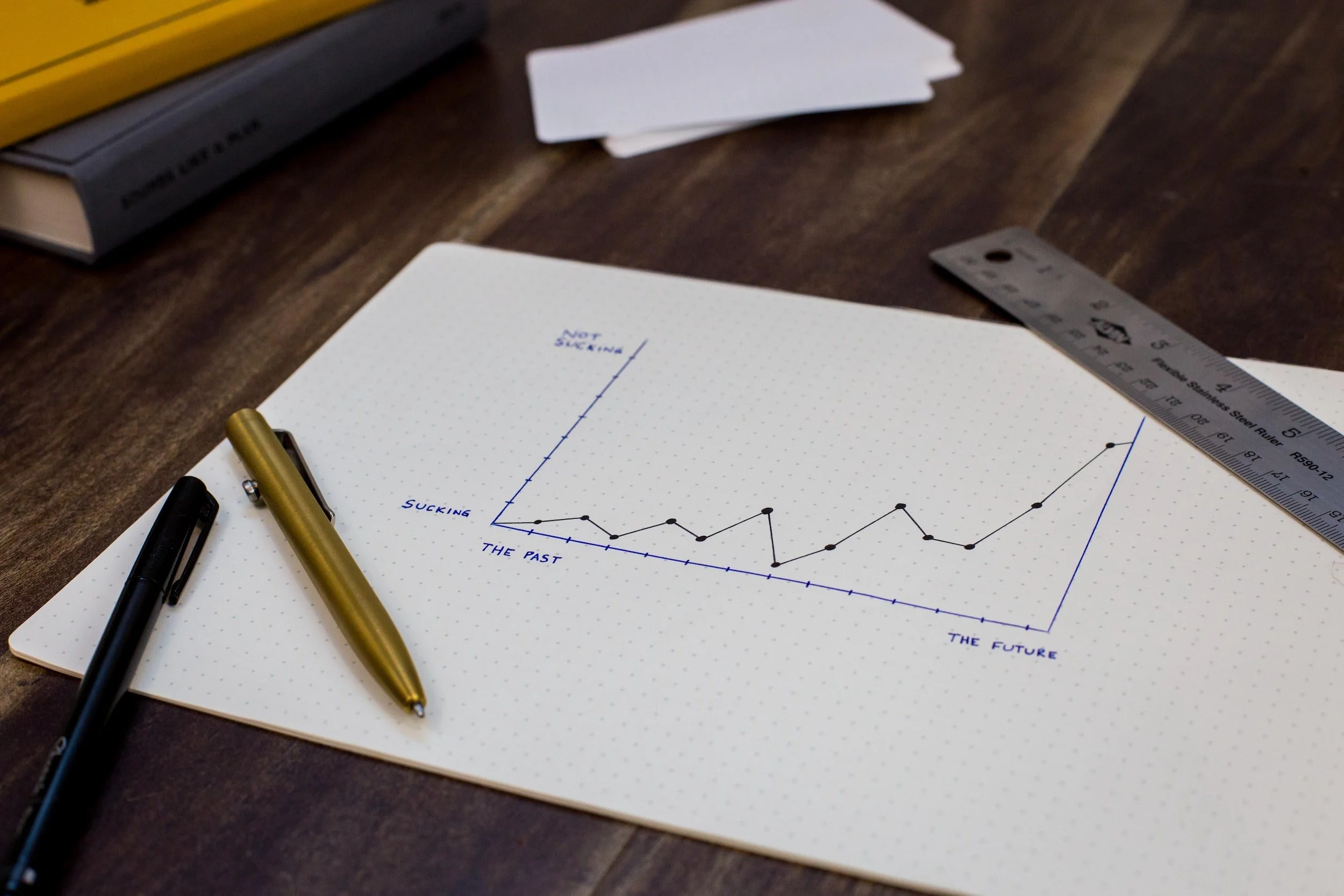
Management
What terrain will you be using? What surface? How often? What kind of discipline? Turnout? Feeding? Routine! All these factors merge into holistic rehabilitation
-
*MDT
Multidisciplinary team! Vets, Saddlers, Farriers, Trainers, other therapists, etc!
IRVAP
IRVAP
Canine Arthritis Management
RAMP
Useful links
FAQs
-
Many insurance policies have a provision for physiotherapy when recommended by the vet. Check your policy for individual details.
-
It all begins with a conversation. As much detail as possible is always best. Then an assessment; looking at your horse standing and moving. Palpation (a good feel all over) and then the treatment can begin. Each session varies.
Provide:
A clean, dry horse
An area to walk and trot up
Potentially lunging equipment/ even riding equipment if necessary.
-
How long is a piece of string? Varies from horse to horse/ condition to condition! On assessment and treatment generally, an idea of a treatment schedule is spoken about.

